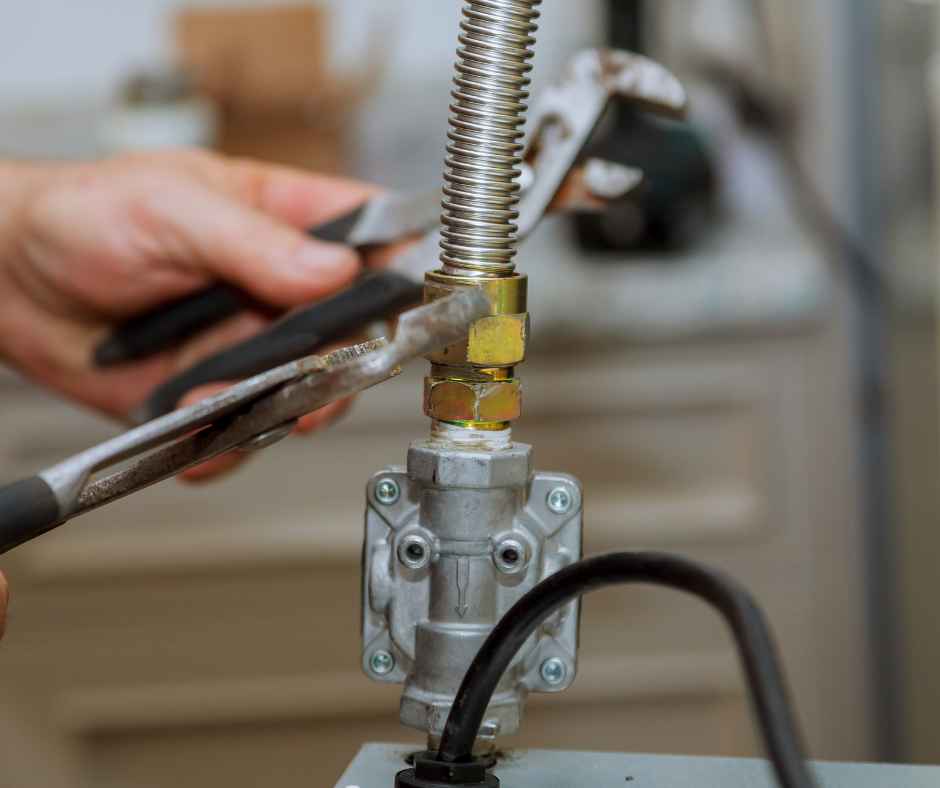the East Side & Beyond!
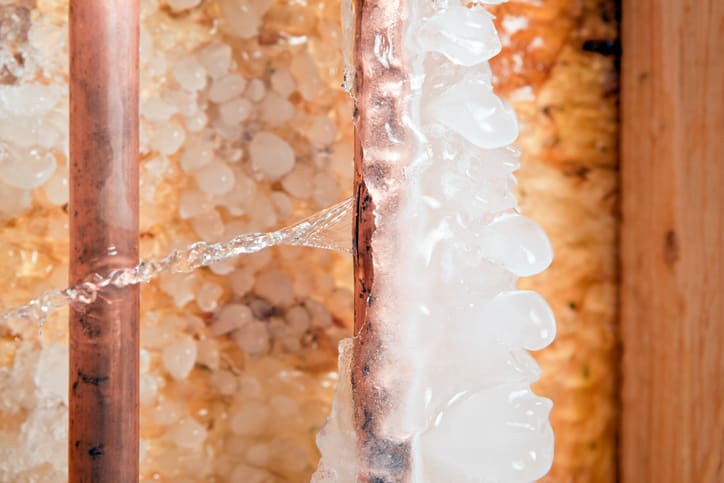
Tips for Preventing and Dealing with Frozen Pipes
November 13, 2019
As we head into late fall and early winter, we enter “pipe-freezing season” in Washington. While many people are fortunate enough never to experience the phenomenon of plumbing pipes bursting with ice, others are not so lucky. State Farm Fire and Casualty Co. reports that an average of 250,000 American families have one or more rooms disrupted every winter by frozen pipes.
The good news is that you can take preventative measures to keep your home’s plumbing from freezing, and if your pipes do freeze without breaking, you can thaw them yourself. Below, we provide some time-proven tips for protecting your pipes and instructions for thawing them.
How to Prevent Pipes from Freezing
Even if there’s no snow in the forecast, cold temperatures can still cause your pipes to freeze. Use these tips to prevent this potentially pricey issue.
-
Increase insulation in your home’s remote areas (the attic, basement, and crawl space). This will not only help keep the plumbing warmer, but it will also make your home easier to heat and cool efficiently.
-
Insulate exposed water pipes. If you have a storage-tank water heater, this insulation has the additional benefit of keeping water warm as it moves from your water heater through your pipes to a faucet. Insulation can cost as little as 50 cents per foot at the local hardware store. Considering that burst pipes can cause easily $5,000 or more in water damage (according to the Insurance Institute for Business and Home Safety), pipe insulation can be well worth the investment.
-
Allow your heater to come on at regular intervals throughout the day, and set it no lower than 55° F. This will help maintain your home’s overall temperature.
-
Open the cabinets in your kitchen and bathroom. This allows the heated air in your home to warm the plumbing in these areas.
-
Keep your garage shut. Water supply lines, which are commonly found in garages, are at a high risk of freezing compared to other areas of your plumbing.
-
If you already know the weather is going to be dangerously cold, allow faucets served by exposed pipes to run. Only a trickle needs to come out in order to prevent freezing. If you’re concerned with wasting the water, collect it in buckets to that you can use it for tasks like watering houseplants.
How to Thaw a Frozen Pipe
Sometimes cold snaps arrive earlier than expected, resulting in several frozen pipes that now need thawing. One of the biggest red flags is water flow: if you turn on a faucet, and barely any water comes out, you probably have a frozen pipe. If this happens, look for a burst or broken pipe. If you find one, turn off the water at your home’s main shutoff valve to prevent water from flooding your home, and contact a plumber.
If there does not appear to be a broken pipe, proceed with these steps:
-
Turn on the faucet to start the thawing process.
-
Find a way to heat up the pipe’s frozen section safely. If there’s an electrical outlet close by, you can try using a hairdryer, heating pad, or space heater. No outlet? No problem: wrap the pipe with towels soaked in hot water.
-
Keep applying heat until the water pressure coming out of your faucet appears normal again.
-
Check your other faucets for additional frozen pipes, and repeat the warming process if necessary.
If you find yourself in a plumbing emergency with a burst pipe, The Plumbing Joint can provide you with an effective solution with the urgency you need. Call (425) 228-3204 for emergency services in King, Pierce, and Snohomish Counties.
Recent News
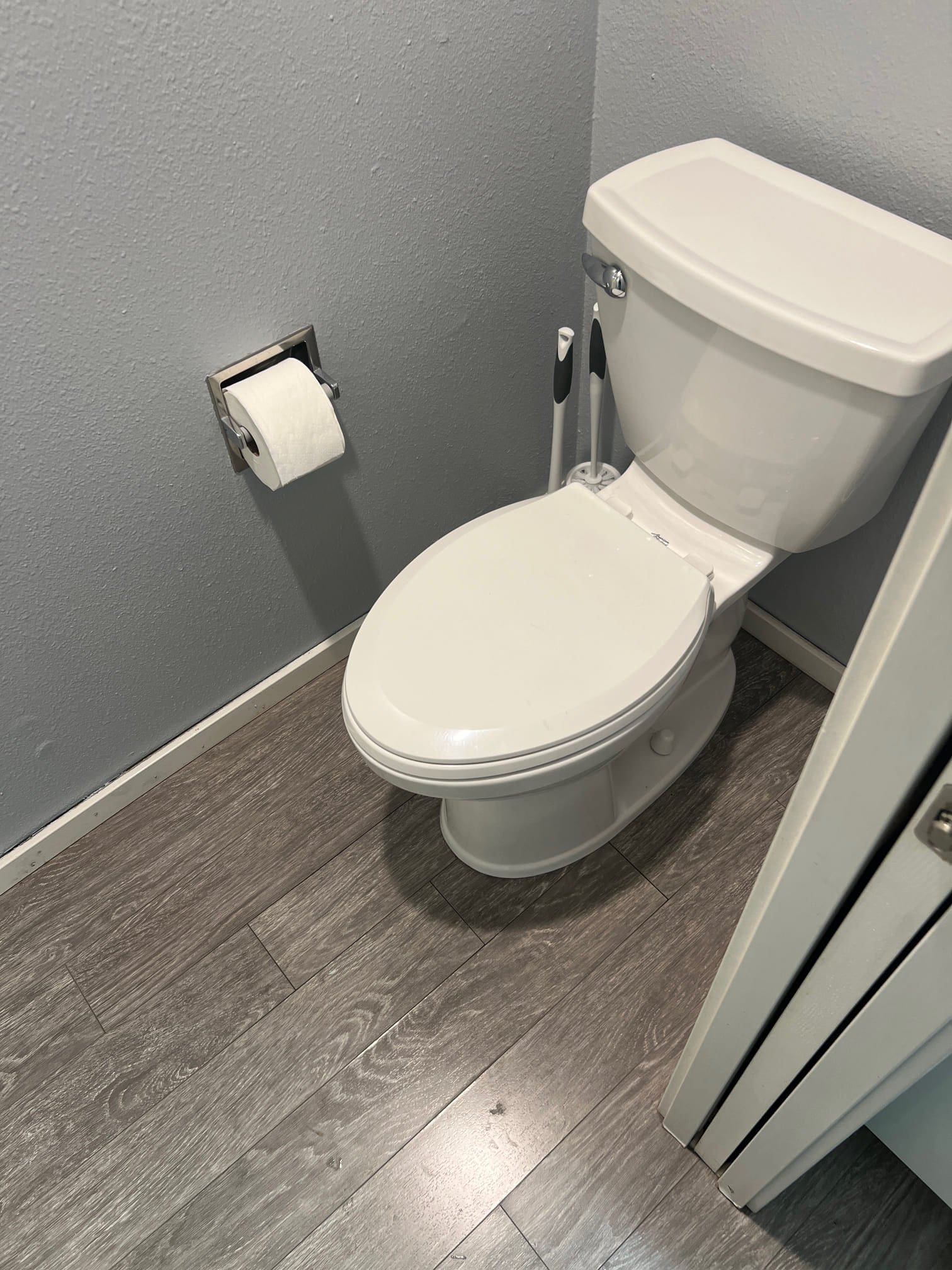
Toilet Sounds And What They Mean
November 7, 2024
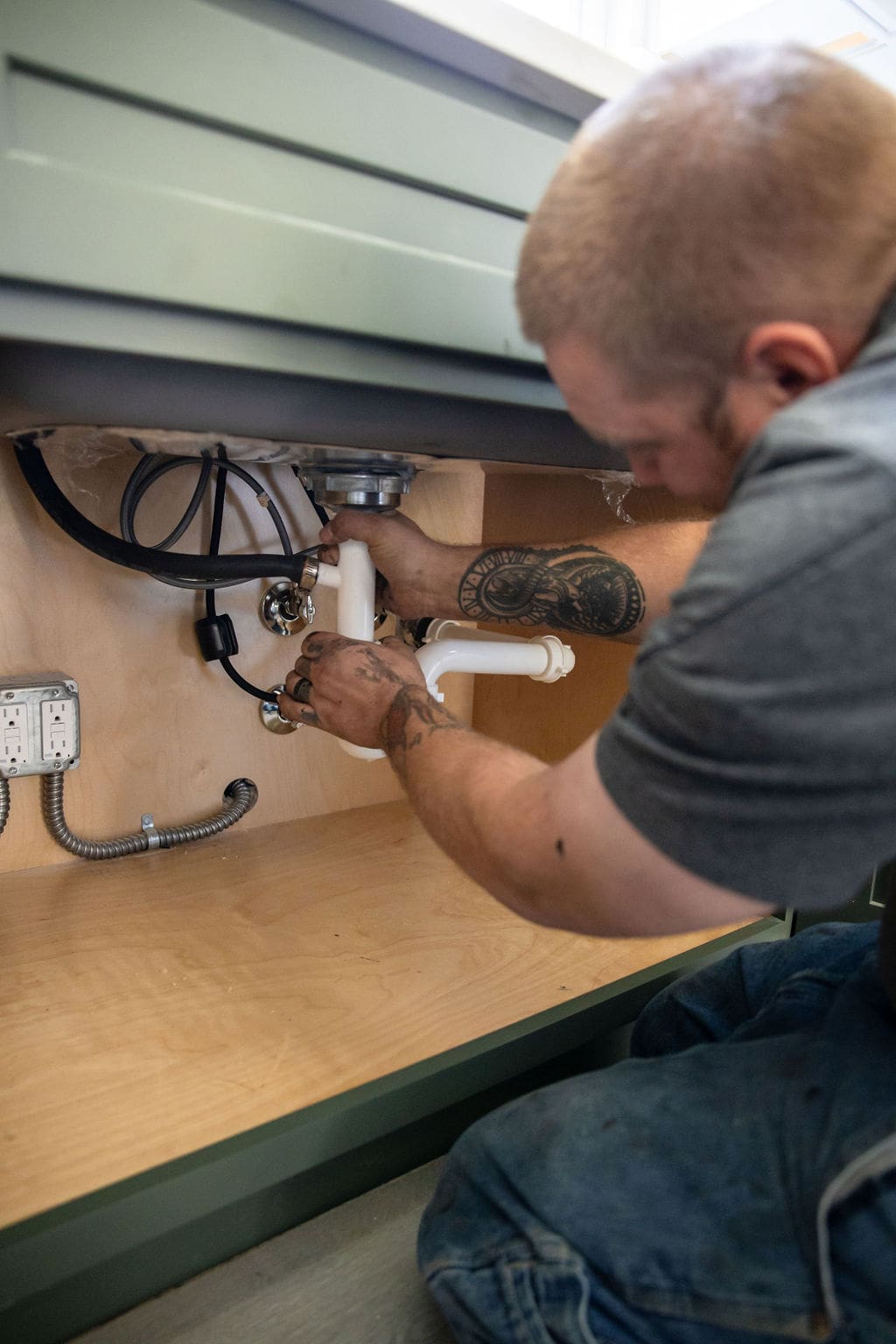
I Have Knocking Pipes When Water Is Not Running – Why?
October 10, 2024
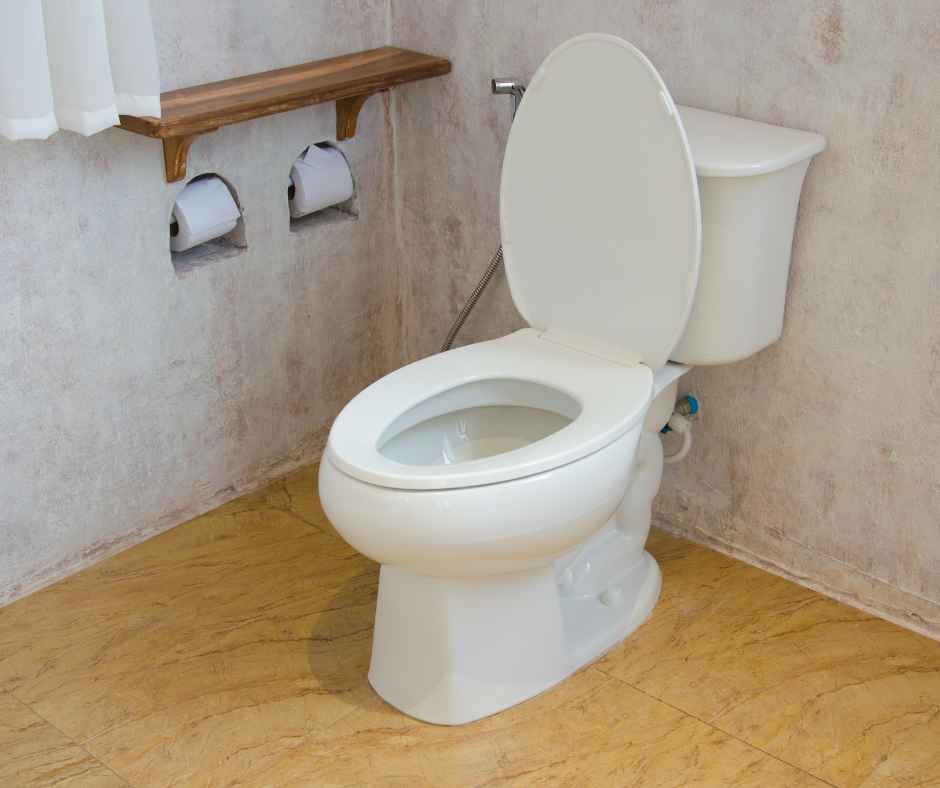
Why Is My Toilet Moving?
September 12, 2024

Are Drain Flies Harmful?
August 12, 2024

How Long Do PEX Pipes Last?
July 11, 2024

Why Does My Shower Head Leak?
June 13, 2024
